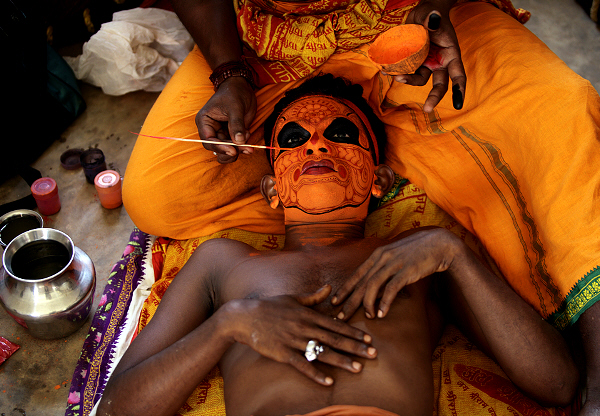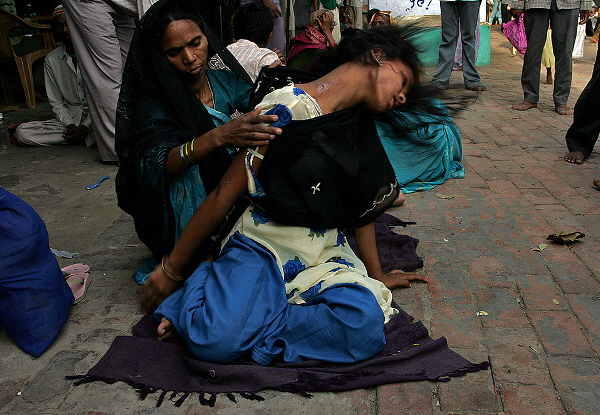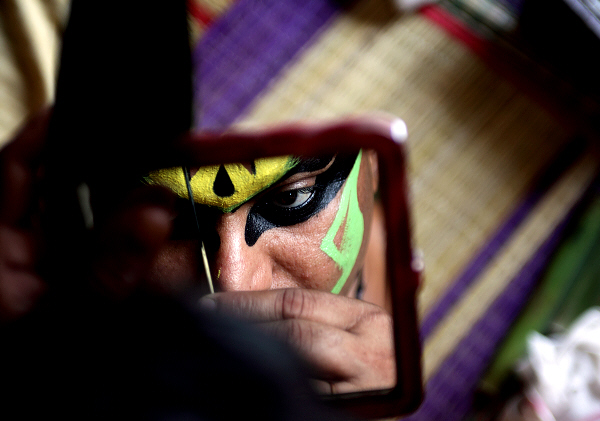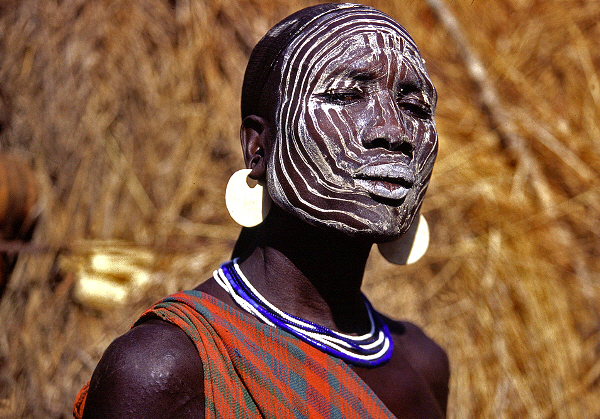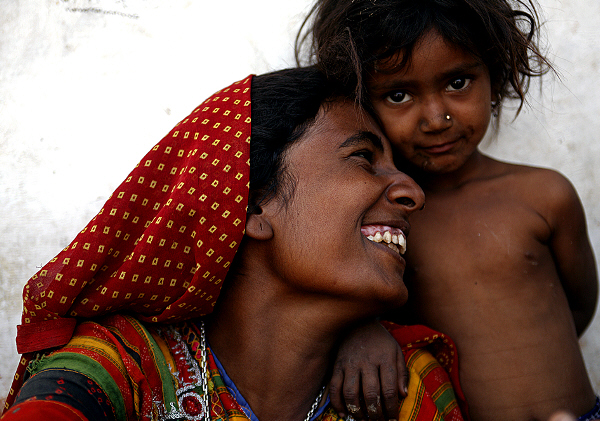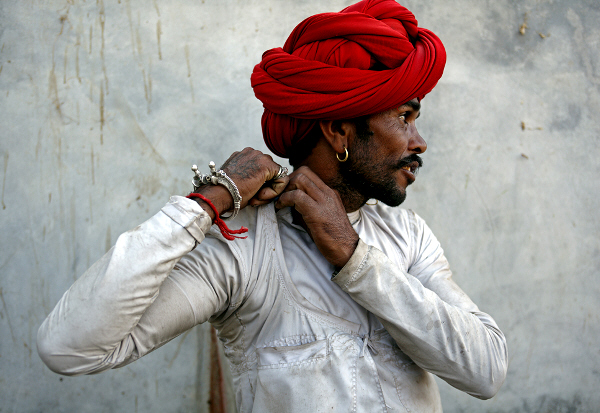
All photos courtesy of Tewfic El-Sawy
THE CREATIVE FORCE behind “The Travel Photographer”, Tewfic El-Sawy specializes in documenting endangered cultures and traditional life ways of Asia, Latin America and Africa.
His photography has been published in Outdoor Photography, Digital Photographer, GlobalPost, and have been featured by some of the largest adventure travel companies in the United States and Great Britain. He also organizes and leads exciting photo expeditions to places such as Bali, Bhutan, India, and Mexico.
MatadorU faculty and travel photographer Lola Akinmade caught up with Tewfic in the midst of planning his next photo expedition to learn more about the photographer behind the popular The Travel Photographer blog.

